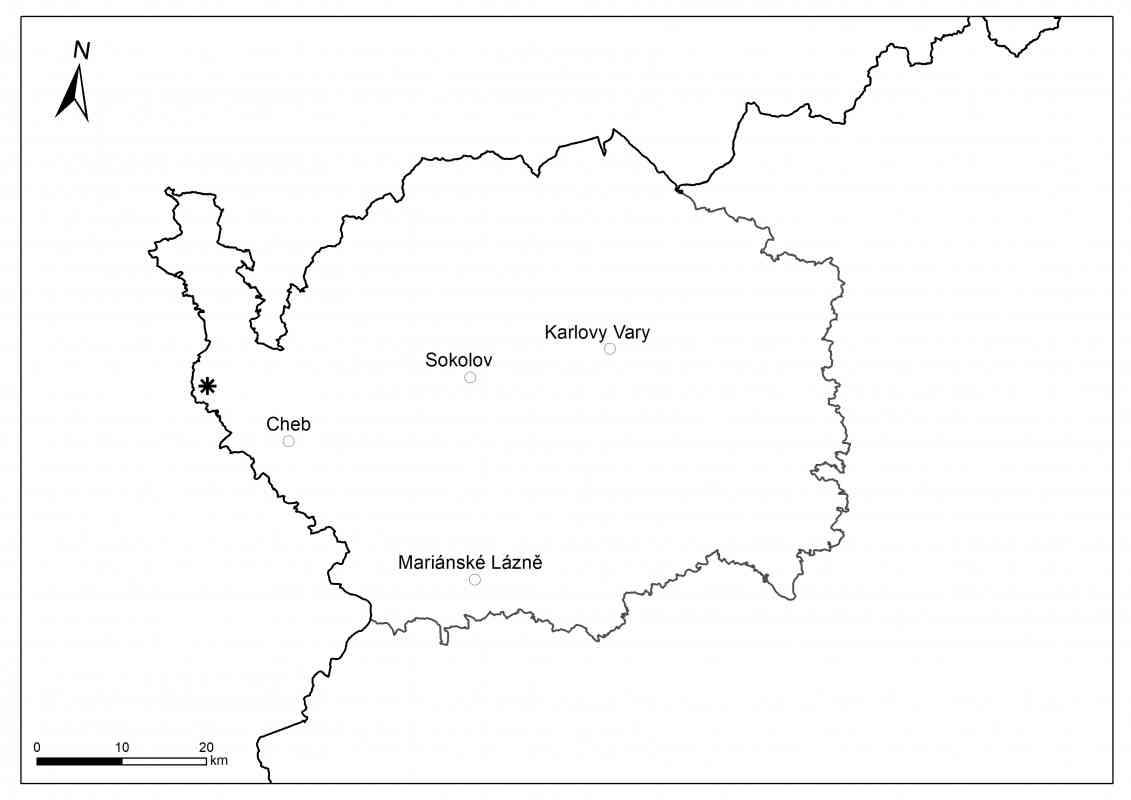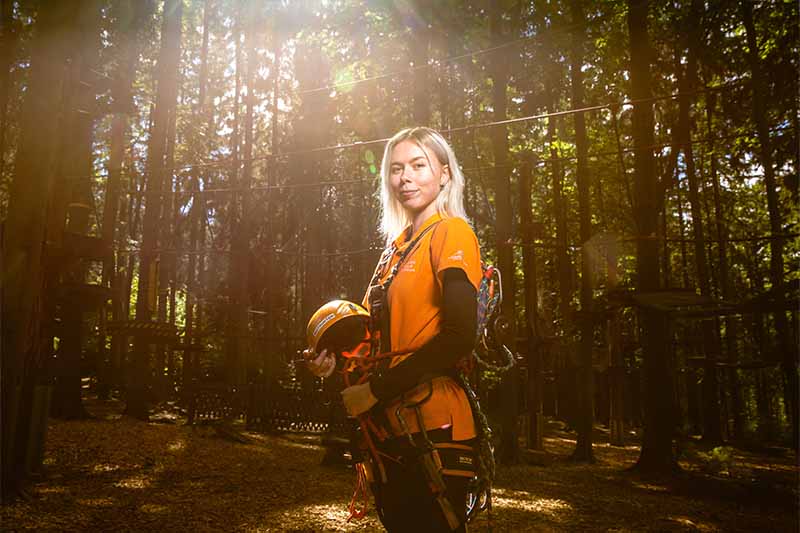Basalt
Magma that ascends fast to the surface and does not rest in the magma chamber is usually well-mixed and not differentiated. The outpouring lava has a low viscosity (is runny) and creates widespread lava-flows. The rock types formed this way are commonly called basalts. The basaltic rocks have in many cases developed joints separated by 5- to 6-walled columns. These columnar joints result from the contraction of the lava during cooling, similar to the cracks that develop in drying muddy puddles. The columns always develop perpendicular to ground surface. The arrangements of the cooling columns can be then used to reconstruct the original lava-body shape. Nice examples of the columnar jointing of basalts can be seen on Rotavské varhany (Rotava organs), Čedičové varhany u Hlinek (Basaltic organs near Hlinky) or in the abandoned quarry in Rýžovna natural monument.
The hardness and resistance to weathering classifies basalt as a good construction stone. Apart of crushing for road construction, it can be also fused for casting of tubes, troughs, paving, and for insulating rock-wool.
Sample donated by the company Basalt CZ, Ltd.
Rock type
Locality
Age

Parkování Goethova vyhlídka
Zaparkovat můžete na přírodním parkovišti (16 míst) vzdáleném cca 300 m od vyhlídky. Dále na určených zpevněných plochách podél cest, kromě křižovatek, výhyben, odboček (nutné ponechat průjezd pro hasiče, záchranáře a kamiony se dřevem).
Parkovacích míst v letní sezóně většinou není dostatek. Doporučujeme využít autobusovou dopravu. Nejkratší možností přístupu je vyjít ze zastávky autobusů MHD č. 8 Hůrky asi 1,2 kilometru vzhůru Gogolovou stezkou.
Kavárna a rozhledna
- Pá
- 11:00 – 17:00
- So - Ne
- 10:00 – 17:00
Vstup na rozhlednu je možný pouze za příznivého počasí.
V případě dotazů nás prosím kontaktujte




